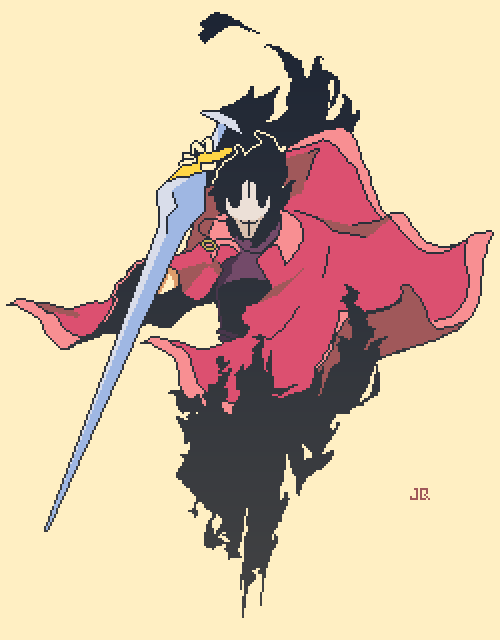

Where critical play stops being useful for me as a way to think about my relationship to games, though, is the idea that critical play is designed into the system by the game maker. I am still inspired by Mary Flanagan’s depiction of young girls who “‘hacked’ the household norms of Victorian period through their own critical forms of doll play” (17). I like D&D a lot, but I have to do some work to make it into something that I love. It’s something special, getting to play with friends in worlds that I’ve imagined alone for so long (see also my long-standing obsession with Bioware-style RPGs, heavy on character creation and relationship-building). I have a monthly tabletop gaming group where we try new and weird role-playing games (RPGs) like Fiasco and Dread, where there are a few rules that create a space of play that’s otherwise pretty boundless.

I play Dungeons and Dragons (D&D) at least once a week–more if I can convince my friends to play with me. Find her on Twitter RT-ing things about hockey, bisexuality, feminism, and whatever odd thing has her attention on any given day. Elise Vist is a PhD candidate at the University of Waterloo, completing a dissertation on Hockey Real-Person Fandom and the queerness that exists in hockey (even if it doesn’t always seem that way).


 0 kommentar(er)
0 kommentar(er)
